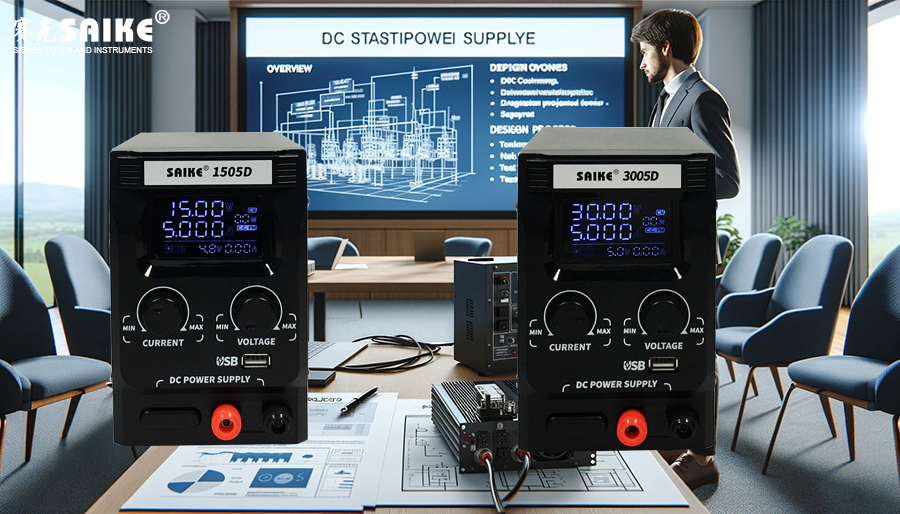
SK-YJ000DDXXQ-KP 100040
DC stabilized power supplies play a crucial role in electronic equipment, ensuring that devices can operate under stable voltage. Improving their efficiency can not only conserve energy but also enhance the performance and reliability of the equipment. This article delves into several methods for improving the efficiency of DC stabilized power supplies.
I. Choosing the Right Conversion Topology
1.Synchronous Rectification Technology
– Synchronous rectification replaces traditional diodes with MOSFETs, reducing voltage drop during conduction and thereby improving efficiency.
– This method can significantly reduce switching losses, especially in low output voltage applications.
2.Using High-Efficiency Converters
– Select high-efficiency DC-DC converters, such as buck converters, which have lower losses during power conversion.
– Consider converters with high switching frequencies, which help reduce the size of passive components while maintaining high efficiency.
II. Optimizing Component Selection
1.Inductor Selection
– Using inductors made of high-quality magnetic materials can reduce core losses.
– Choose appropriate inductance values to optimize operating frequency and efficiency.
2.Capacitor Optimization
– Utilize capacitors with low equivalent series resistance (ESR) to minimize power losses.
– Select suitable capacitor types and sizes to optimize filtering effects and improve overall stability.
III. Enhancing Circuit Design Optimization
1.PCB Layout Optimization
– A carefully designed PCB layout can reduce parasitic effects of resistance and inductance.
– Minimize power and ground paths to reduce electromagnetic interference and voltage drops.
2.Thermal Management
– A well-designed heat dissipation system can enhance component efficiency and lifespan.
– Utilize heatsinks, fans, or other cooling techniques to maintain components at optimal operating temperatures.
IV. Adopting Intelligent Control Techniques
1.Using PWM Control
– By precisely controlling the duty cycle of switches, PWM (Pulse Width Modulation) technology effectively regulates output voltage, improving efficiency.
– PWM control also adjusts output based on the load, reducing unnecessary power consumption.
2.Load Sensing and Dynamic Adjustment
– Implement load sensing technology to dynamically adjust output based on real-time power demands.
– This approach optimizes power supply under different operating conditions, further enhancing efficiency.
V. Conclusion
Improving the efficiency of DC stabilized power supplies is a comprehensive project involving various aspects from component selection to circuit design and control strategies. By adopting the aforementioned measures, not only can power supply efficiency be improved, but the lifespan and performance of the equipment can also be extended. In practice, the most suitable methods should be selected based on specific applications to achieve optimal efficiency improvement. Through continuous optimization and innovation, the development of DC stabilized power supplies will become more efficient and environmentally friendly.


